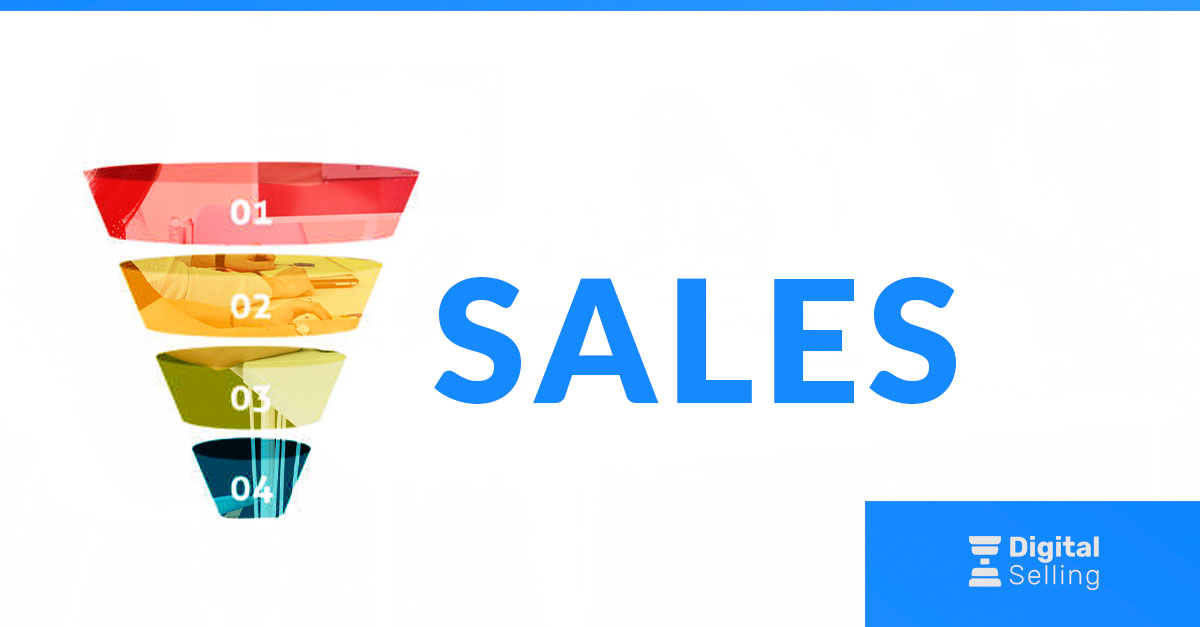Blog

Multi Channel Outreach – The Digital Selling Model to Generate Leads for your customers
Allbound – Multichannel Outreach refers to a marketing and sales strategy that involves using multiple channels to reach and engage with potential customers. This approach recognizes that people consume information and interact with brands differently, so it’s important to have a diverse range of channels to reach them. A methodology integrates Inbound Sales, Outbound Sales […]

A CFO’s perspective on Sales Outsourcing
Many organizations are new to outsourcing and are understandably hesitant to relinquish control over vital operations. Sometimes the CFO is called upon to review contracts, calculate the numbers and, in general, give an opinion on whether outsourcing would be a solid business decision, in the short and long term. For this reason, I write this […]

Facing the false stigmas of Sales Outsourcing.
Technology companies are familiar with the idea of outsourcing aspects of their business. There are many Business Process Outsourcing (BPO) companies that provide back-office functions like HR, accounting and finance, as well as front-office functions like customer service. The benefits of Business Development Representative (BDR) Outsourcing are also well documented, as companies can leverage experts […]

The 7 attributes of the most effective sales leaders
I read this article on two occasions, during the Executive Master in Leadership & Development at Universidade Católica Portugues and during the Strategic Sales Management program at Harvard. And every time I read it I have new insights. For this reason, I share some notes I made about the article. In the article “The 7 […]

Sales Development Team – Total Cost
Having a Sales/Business Development team to generate qualified leads is a proven method of generating predictable and sustainable revenue. However, the cost of creating such a team can easily be miscalculated. When deciding whether to build an in-house team or outsource the function, it is important to consider the total cost of hiring, training, managing […]

Golden Circle & Ikigai in Sales Pitch?
That’s right, to impact your customers in prospecting you need to align the company’s Purpose with its purpose and the customer’s challenges. See below how it is possible. What is the Golden Circle? Golden Circle is a concept created by Simon Sinek, an American author and speaker, to help individuals and companies better realize and […]

Business vs Personal Values For you
Many B2B purchasing decisions are complex. On the one hand, your product or service must solve real problems for an organization.

Ideal Customer Profile (ICP): Customer Acquisition Process
Let’s be clear, the customer acquisition process doesn’t end when a customer signs the contract. You should analyze the buying process starting with how your prospects identify their pain and begin researching options and continue through the time they are using your offer and possibly making subsequent purchases.

Who do you want your Customers to Become?
The purpose of every business is to create customers, as Peter Drucker said. Notice, he said “create” customers, not identify or find. Great companies not only solve customer pain points but also change how their customers think, what they do, and how they feel. Successful products significantly change people’s lives in significant ways.

Empathy: What Customers Say, Think, Feel, and Do
We often see the B2B sales process as a cold analysis of the customer’s pain points, values, and goals. We forget that people buy business products.

What are SMART goals, and why are they important?
Setting goals and achieving them is essential to the day-to-day operations of an organization. However, prioritization matters most when it comes to achieving success in any business; setting the wrong target could have the worst consequences for your organization’s success.

Ideal Customer Profile (ICP): How to Create an Ideal Customer Profile
Let’s be clear, the customer acquisition process doesn’t end when a customer signs the contract. You should analyze the buying process starting with how your prospects identify their pain and begin researching options and continue through the time they are using your offer and possibly making subsequent purchases.

How to build an Inside Sales Team?
Building an Inside Sales team is structuring a team capable of conducting distance sales with as much involvement as if it were a face-to-face sale. Removing the time lost in travel or with delays in meetings, of course. Sounds too good to be true? It is not, but it is an undertaking with some complexity.

Why Aligning Sales with Marketing Is So Important
The first thing you need to understand is that SMarketing is the joining of efforts of two teams with different skills – and not the transformation of two teams into a homogeneous team. The two functions are indeed different, but we need to recognize their interdependence

Is your Sales Complex? And your Sales Process?
If you have a product or service with a high cost, you certainly recognize these 3 characteristics. I am talking, for example, about software development companies, advanced technological products, industrial machinery, business intelligence services, or other companies whose offer represents a large investment with long-lasting effects for the customer.







